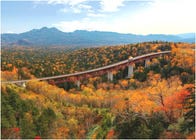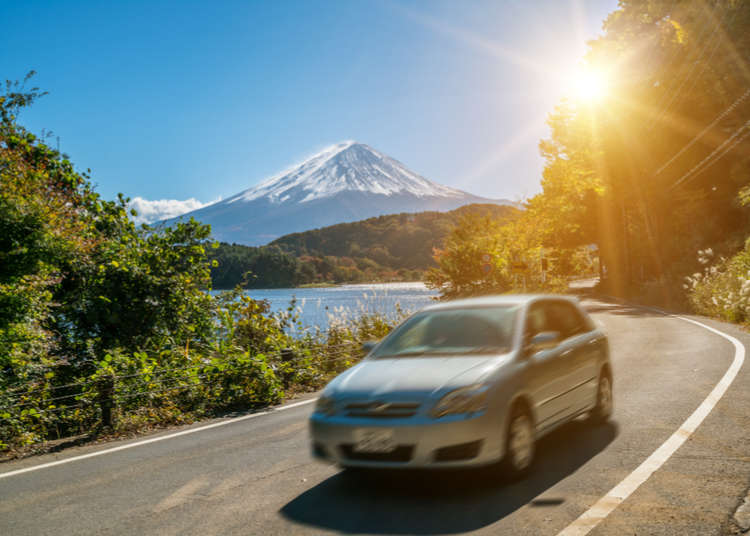
10 Important Tips For Driving in Japan: Looks Like a 'Yield' Sign, But Means 'Stop'?!
- Written by: Lucio Maurizi
Most people don’t realize that driving in Japan is a way to experience much more hidden beauty than one could expect.
Many of these places are somewhat tricky to reach with public transportation alone. In fact, while Japan’s subway (metro) and train systems are among the best in the world, the easiest way to reach rural areas is by car.
So why not spend some of your holiday driving around some of the most beautiful nature, hidden temples, and more you’ll ever see?
Follow along as we share ten things you’ll want to know before you drive in Japan.
- Table of Contents
-
- 1. Familiarize yourself with the Japanese road signs before you go
- 2. What side of the road do we drive in Japan?
- 3. Speed limits in Japan
- 4. Head into the countryside! Highways in Japan
- 5. In case of emergency
- 6. Refueling
- 7. Some different rules to pay attention to
- 8. How to prepare for a road trip in Japan
- 9. What documents will you need to drive in Japan?
- 10. Some little-known Japan-specific things to know when driving in Japan
Special Discount(Nippon Rent-A-Car)
Get 10% off when you book via the special site. (Coupon code:iUzM2RfVlJ)
1. Familiarize yourself with the Japanese road signs before you go
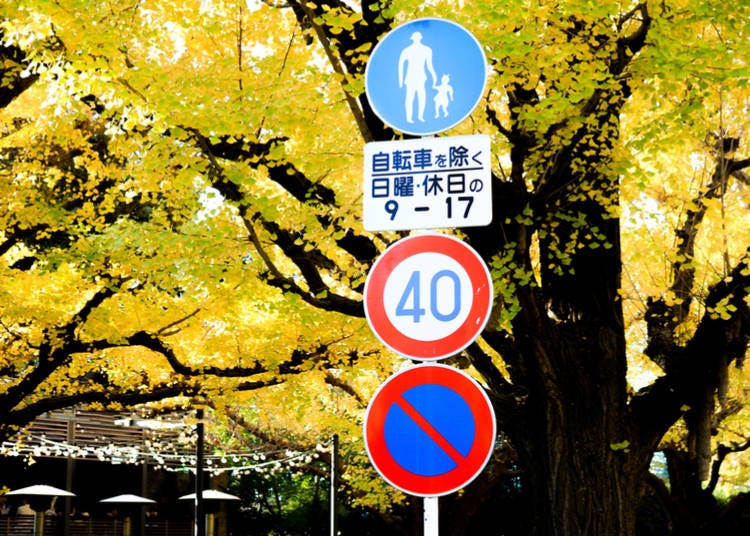
When people think about driving in Japan, they usually get overwhelmed by several legitimate fears about getting around, reading Japanese street signs, and managing driving in places they don’t know. While it’s understandable to have these worries, after a closer look, you’ll realize that it’s not that hard after all.
Granted, the names of locations and roads might look rather complicated to many people, but other than that, signs are not very different from the ones you may be used to. Road signs indicating places are almost always written in Japanese and English, making it easy for most people to navigate.
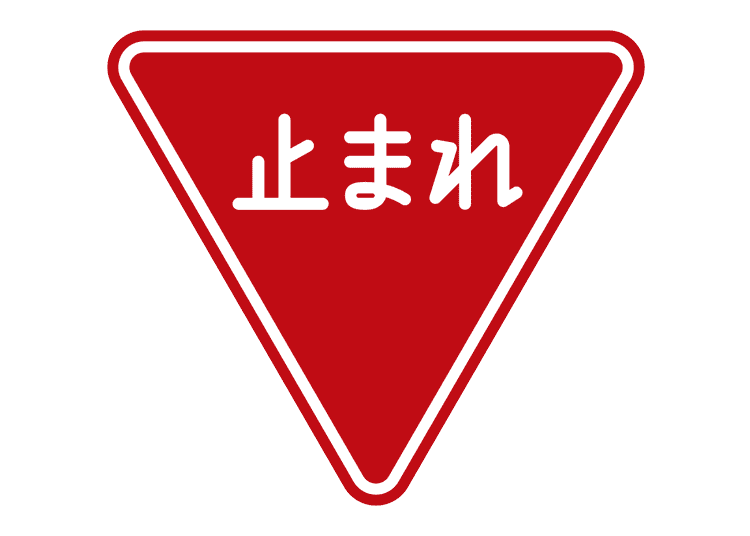
However, certain signs have meanings that you might not immediately intuit. One notable exception for American drivers is the Japanese “stop” sign, which resembles the U.S. “yield.”
Some other special signs are as follows:
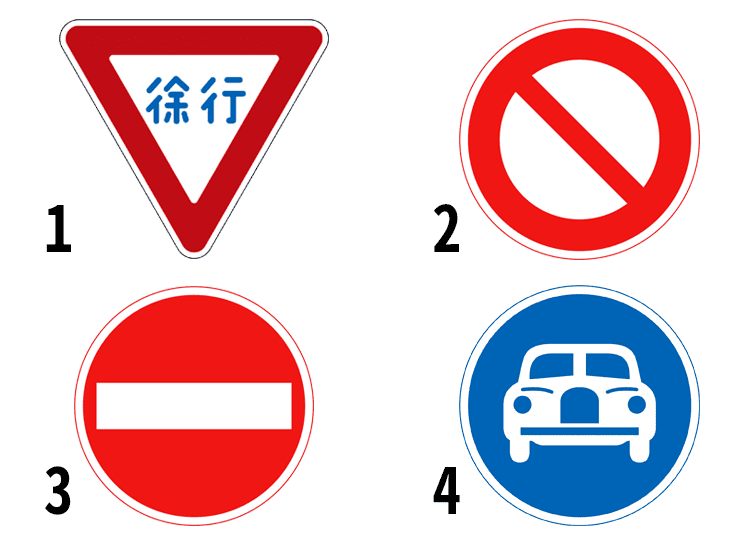
2. What side of the road do we drive in Japan?

In Japan, you will keep the left side of the road, and the steering wheel is on the right side of the car. For drivers visiting from the U.K., Australia, Hong Kong, and a few other countries, this presents no change from their respective countries.
For people from most countries in Europe, the Americas, and Asia, this means that in Japan, you’ll have to drive on the opposite side, and everything within the car is a “mirror image” of what you are probably used to (except for the position of the brakes and accelerator pedals).
One simple tip is always to remember that the driver is on the same side as the line dividing road lanes.
While this may feel troublesome for some people, you’ll likely get used to it after just a few hours. To make matters better, Japanese cars are generally equipped with automatic transmissions, so you won’t have to worry about shifting gears with “the other hand.”
3. Speed limits in Japan
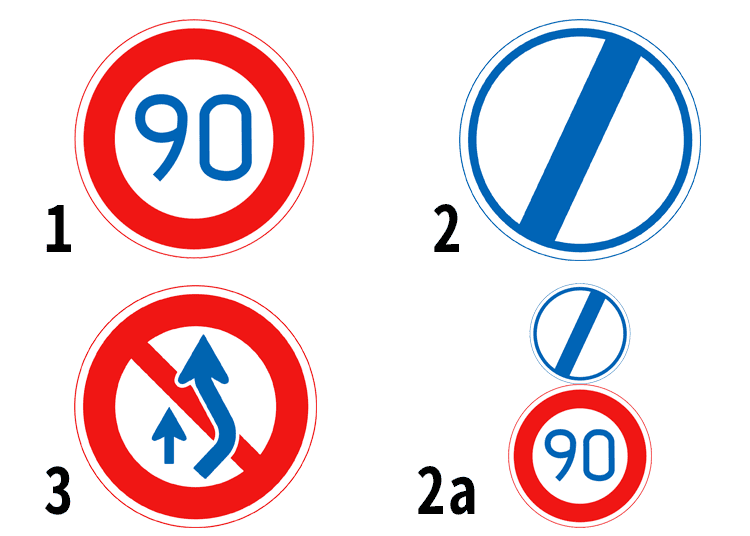
Let’s start by saying that, compared to many other countries, Japanese drivers tend to respect the speed limits on city roads and highways.
However, in more rural areas, like Hokkaido, where there are lower speeds applicable to vast areas between more populated centers, you may find locals going much faster than the speed limit.
The speed limit in urban areas is 30-50km/h (depending on the road), and typically 80km/h in rural areas. On the highway, the speed limit is 100km/h.
4. Head into the countryside! Highways in Japan
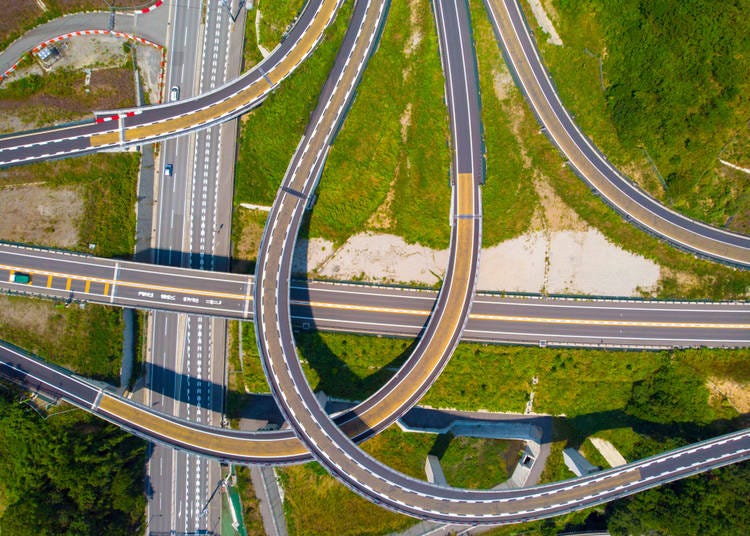
While many roads in Japan are toll-free, highways are not necessarily so.
Highway access signs are green and rectangular.
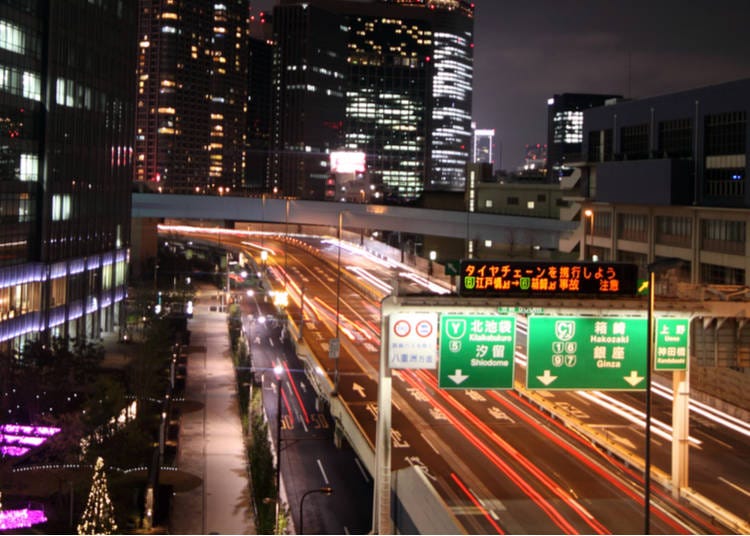
Like many other countries in the world, the toll depends on the distance you drove on the highway, and you’ll have to pay as you exit it.
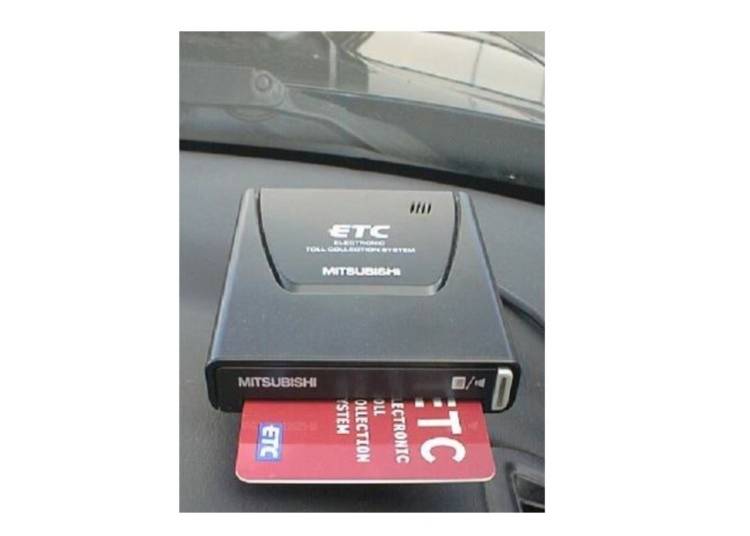
Entering the highway, you’ll collect a ticket from a usually unmanned station. This ticket will need to be presented at the exit gate, where you will pay your fare.
If you have a paper ticket, be sure you do not enter a toll booth lane marked with the purple ETC (Electronic Toll Collection) sign, but rather enter the green lane marked "一般" (all vehicles).
If the car you rent is equipped with the so-called ETC card, you will instead be able to use separate gates for access and exit to the highway, without needing to stop. The ETC card needs to be linked to a credit card that will be charged with the highway fares; ask your rental agency for details and additional instructions.
ETC cards can also be rented, making your road trips across Japan much smoother. Please note that regular gates are marked in green (presenting the kanji for “cash”), and the ETC ones are marked with a purple sign reading “ETC.”
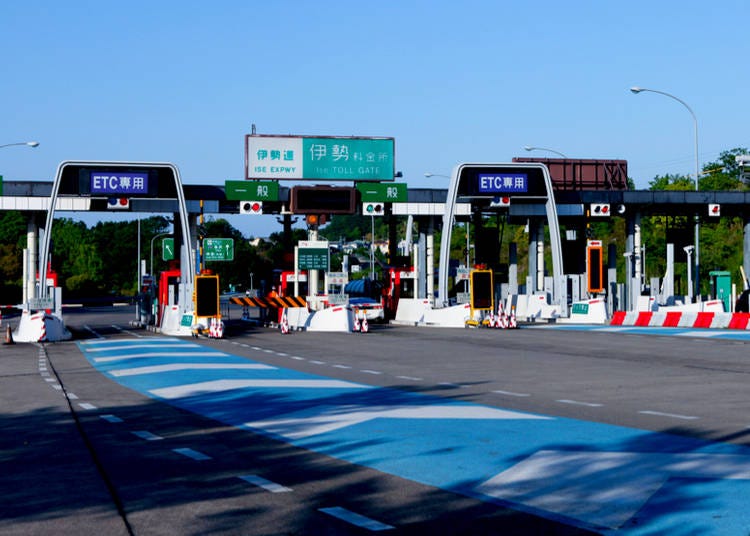
Highways in Japan typically have many rest and gas stops. These rest areas also tend to have shops that retail regional produce and other products, making them a unique chance to sample local treasures. So definitely give them a go and take your trip slowly and safely when driving for long periods of time.
5. In case of emergency
If you rent a vehicle, the chances are that it will come with insurance and a 24/7 emergency number should you have a problem with the car, or get in an accident.
However, in the off chance that is not the case, you will notice on highways and expressways frequent “emergency stations” from where you’ll be able to get in touch with and communicate your location to road services with the push of a button.
For medical assistance, dial 119; for police, dial 110.
6. Refueling
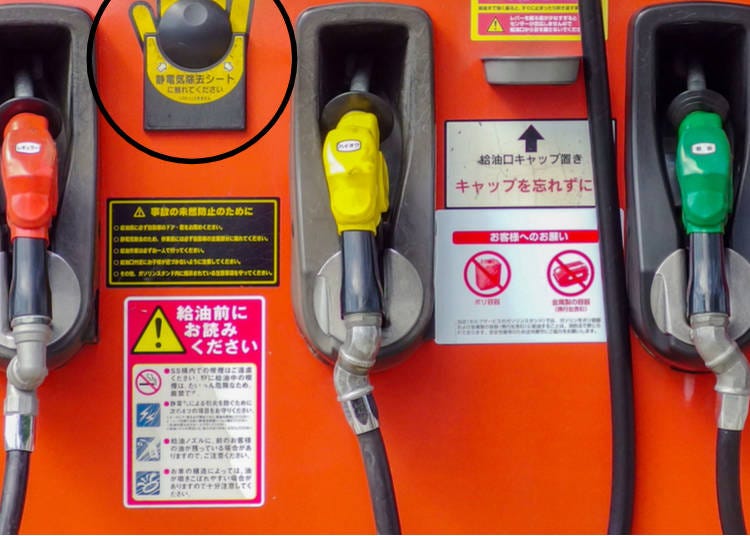
In Japan, vehicles use three main kinds of gas: diesel, regular, and high-octane.
Diesel pumps are green or gray; regular gas pumps are red; and high-octane ones are yellow. If in doubt, never go for the cheapest option unless you know your vehicle is diesel.
Gas prices vary from prefecture to prefecture. Furthermore, it’s important to notice that the gas stations’ prices on the lightboards may refer only to customers with member cards. If you don’t have one, you’ll need to add a few yen/liter to the price you see on the boards.
How to fill up in Japan
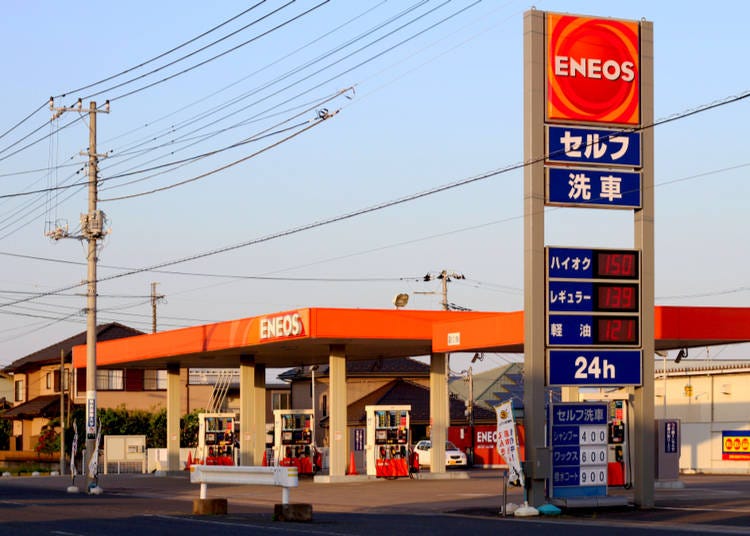
Most gas stations have instructions only in Japanese. The good news is that the steps to put gas in the tank are always the same (of course, if you’re not using a self-service station, you’ll only need to tell the service person your needed amount and type of gas).
If you are using a rental car and select a full-service bay, you can tell the attendant to fill up the tank by saying, "mantan kudasai."
- Select “fill the tank” (uppermost option) or “select amount.”
- Input amount, if needed.
- Choose the method of payment (card or cash)
- Here, there’s a step that doesn’t often appear in many other countries: the monitor will prompt you to touch a panel on the machine that will prevent potential static when touching the pump.
- Refuel your vehicle. If you inserted more money than you eventually need, the machine will give you your change once you re-holster the pump.
7. Some different rules to pay attention to
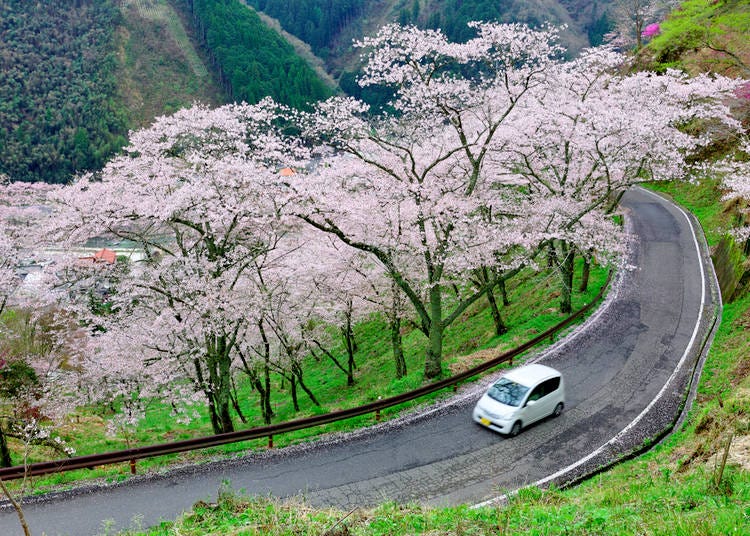
Japan may have rules that are a little different from what you may be used to in your country.
a. No “right on red”
For example, unlike in the United States, you cannot turn right (or left) on a red traffic light.
Once the traffic light turns green, you can drive towards the center of the road in preparation for the turn. You will have to wait for a green light to give you the way to turn or for the flow of cars coming from the opposite direction to stop.
b. Come to a complete stop at railroad crossings
One thing that most drivers might not be familiar with is that in Japan, regardless of whether a sign is present by a railroad, one must come to a complete stop before crossing the tracks, even when the bar is up and no trains are approaching. (Japanese police are very strict about this rule.)
c. Only those with a valid permit and license can drive
We’ll talk more about driver’s permits in Japan, but it’s very important to remember that driving without a driver’s license (or a non-valid driver’s license) in Japan is punishable with a fine of up to 300,000 yen and up to 1-year imprisonment.
d. Under no circumstances can you drink and drive
While drinking and driving is rightfully severely punished almost everywhere in the world, Japan is particularly strict on this matter. Even just a few sips of light alcohol will show as way past the limit on a breathalyzer. Do not ever get behind the wheel if you drink any amount of alcohol. Not only can you endanger yourself and others, but you can also face extreme legal consequences.
8. How to prepare for a road trip in Japan
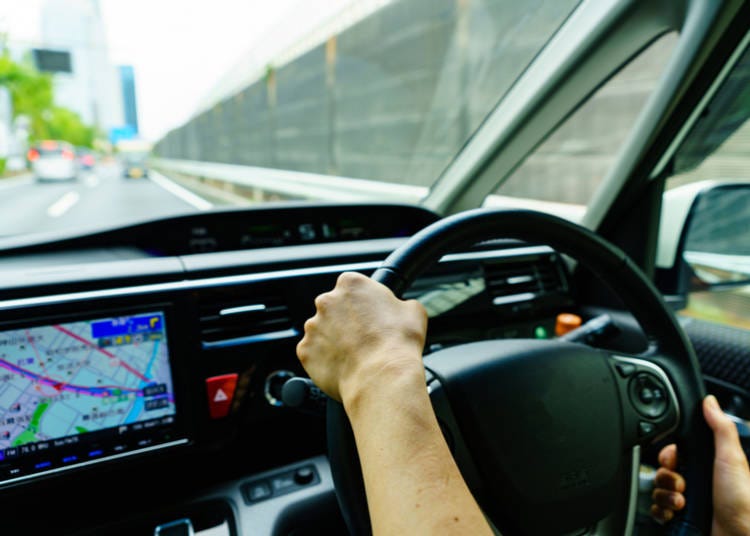
a. Check if your rental car has a navi
Most rental cars in Japan will come with GPS navigation; make sure your car has a navigation system that you can understand. Most modern ones have several language options, but the older models might be only in Japanese. If you rent a car, make sure to ask to have your GPS (referred to as a “navi”) set up in your language of choice.
b. Book your hotel in advance
If you decide to go on a long road trip across the country, chances are you’ll want to visit many places (and you should!). Before you leave, though, make sure to book your hotels in advance to avoid surprises.
c. Plan your trip ahead
There is so much to see and so many places to visit that you may not see all you would like to if you don’t make a good plan. Spend a few days deciding which areas are more worth visiting during your trip, and remember to consider the time you’ll need to get there (and to rest!).
9. What documents will you need to drive in Japan?

When it comes to what kind of documents and license you need to drive in Japan, things require a little bit of attention, since there isn’t a one-size-fits-all rule for foreigners driving in this country.
- 5 Hokkaido Road Trips Through The Inspirational Scenery Of Japan's Heartland
- One Week in Hokkaido: 8-Day Itinerary For First-Timers (Sapporo, Otaru, and Niseko)
- 2-Day Fall Foliage Road Trips From Tokyo: 3 Unforgettable Spots For Refreshing Autumn Colors
- Road Trip From Osaka: 3 Autumn Leaf-Viewing Driving Itineraries in Kansai (2D1N)
- Aomori Fall Road Trip: 2-Day Drive Through Northern Japan's Gorgeous Autumn Foliage Spots
a. International driver's licenses come in different types
Not all countries can issue an international driver’s license valid in Japan. If your international license was issued by a country affiliated with the 1949 Geneva Convention, then you will be able to drive in Japan with it. However, it’s sometimes confusing for people because many other countries are affiliated with the 1969 Vienna Convention, to which Japan is not affiliated.
While the international permits look very similar, Japan is extremely strict when it comes to international regulations, so make sure you first find out whether your country issues an international permit recognized in Japan.
For drivers whose license was issued by countries affiliated with the 1949 Geneva Convention
To drive in Japan, you will need your international driver’s license, passport, and home country driver’s license.
You may use your international permit for up to one year (starting from the date it was issued) in Japan. After one year elapses, you’ll need to obtain a Japanese driver’s license.
For drivers whose license was not issued by countries affiliated with the 1949 Geneva Convention
You’ll need your home country’s driver’s license, your passport, and an official Japanese translation of your driver’s license.
The translation can be procured through JAF (Japanese Automobile Association).
To rent a car, you’ll need to present all this documentation.
For drivers whose license was issued by countries NOT affiliated with the 1949 Geneva Convention AND which do not have an agreement with Japan regarding official translation for driver’s licenses
Unfortunately, in this scenario, you will not be able to rent a car or drive in Japan.
NOTE: to be sure to which group your driver’s license belongs, contact your closest Japanese Embassy.
b. Renting a car in Japan
Once you have all your documents in order, you may want to rent a car finally!
All major Japanese rental companies (such as Toyota Rent a Car, Nissan Rent a Car, Times Car Rental) have websites in Japanese, English, and Mandarin Chinese (and often other languages).
Booking online is recommended.
Remember that usually bigger rental companies, while massively more convenient in terms of pick up and drop off locations (as well as availability), can be a little pricier than their smaller counterparts.
10. Some little-known Japan-specific things to know when driving in Japan
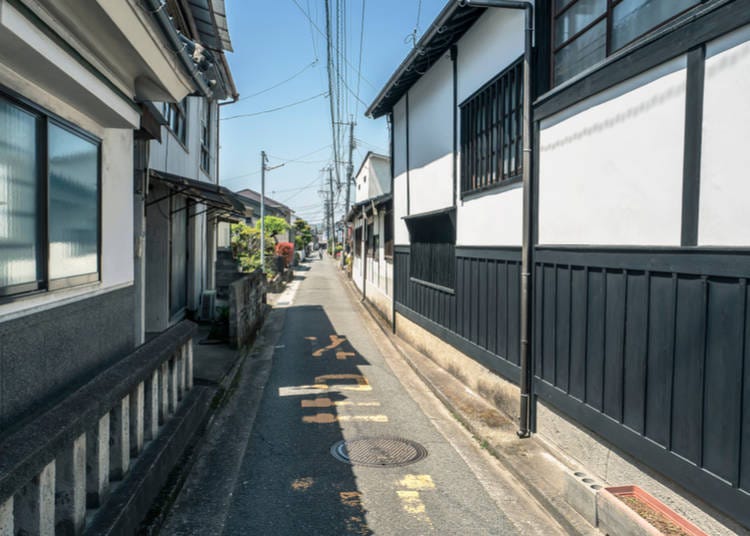
a. Japan has many very narrow two-way roads, especially in cities
Unlike in many European and North American countries, one-way roads are somewhat less frequent in Japan. Yet very narrow streets are extremely easy to encounter. You may think that roads so narrow that a car can barely fit on them would be one-way.
More often than not, you’d be mistaken. You’ll have to be extremely careful in these instances. Whenever encountering a vehicle approaching from the opposite direction, custom dictates that both drivers get as close as possible to their side of the road, or one will let the other pass, by stopping in an opening.
b. Flashing hazard lights to thank other drivers
Japanese drivers customarily thank other drivers by using the emergency blinkers (they turn them on for a couple of seconds). If you want to thank a driver who is not behind your car, a small head bow or wave will also suffice.
c. Watch for road construction – with human-looking signs
Roads in Japan are well-maintained. Highways are certainly no exception.
For this reason, it’s not uncommon to encounter work-in-progress areas on the highway. The signs that warn you of the works ahead are pretty standard, except for one.
You will often see a human-sized moving sign in the shape of a worker waving its “arm” holding a red light. These signs are positioned very close to the traffic lanes and could scare more than a few drivers since, especially at night, these signs can look like a real worker being way too close to speeding cars.
d. Get ready for the yellow lights
Japanese drivers tend to play it a little loosely with the yellow on the traffic light. They should slow down and safely come to a halt, but, often, they will instead suddenly speed up trying to beat the red (and sometimes failing, which causes cars to cross an intersection well after the traffic light switches to red). So make sure you pay attention and don’t join in the “speeding for yellow” craze!
d. Motorcycles and bicycles are all around
Be aware that laws regarding how motorcycles may operate in lanes may be different in Japan. Especially when turning, be careful of motorcycles and scooters approaching quickly in your lane.
e. No cell phones while driving
Handsfree only.
f. Where to park
Parking in Japan is not too hard (except for some areas in the major cities). White lines marking a parking spot mean that you can park your vehicle for free.
In other cases, you’ll need to pay a certain amount for a set period of time. The cost changes massively depending on the city and its surrounding areas.
Some parking lots operate with moving platforms that arrange your cars in a beehive-type arrangement. These parking lots have restrictions regarding the size of cars they accept. Generally, even small SUVs cannot be parked there.
g. Japan has some unique signs
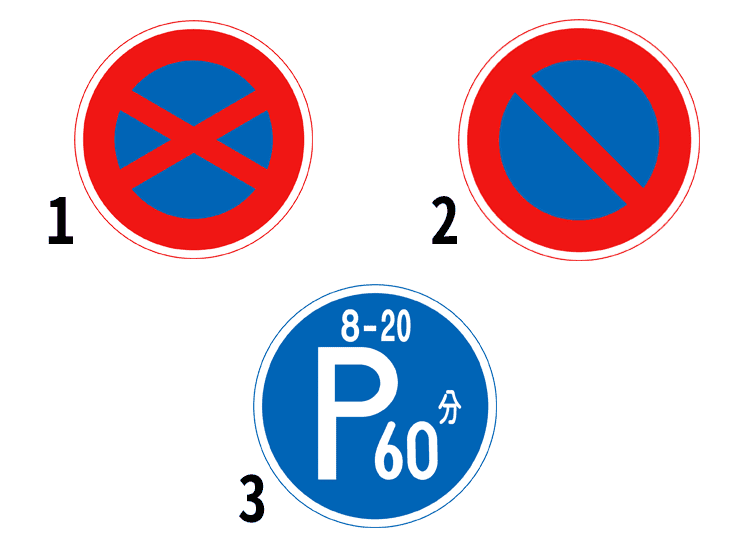
You will encounter signs warning you of animals that may cross the road (these include boars, deer, and monkeys!). These signs are yellow and rhomboid in shape.
h. What’s that sticker mean? Japan also has special stickers for vehicles
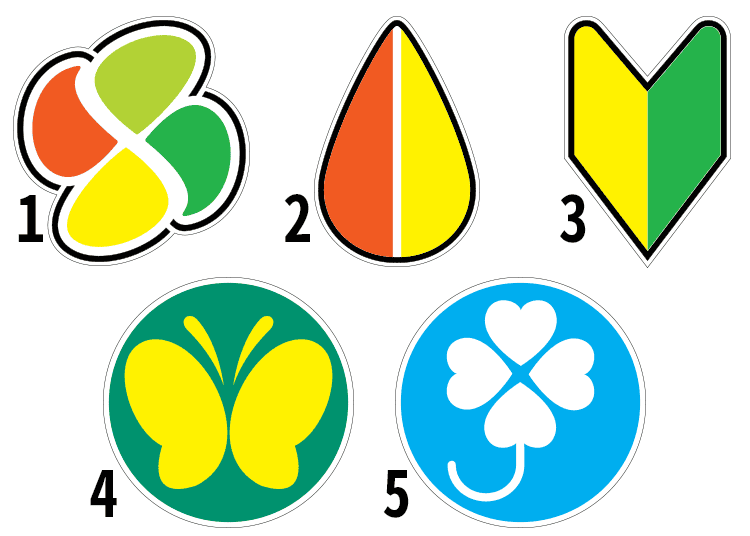
Cars may carry stickers for beginner drivers, elderly, or differently-abled people. In Japan, these are image and color-coded.
i. Don’t fret if you see police lights approaching
Police cars in Japan always have their flashing lights on. Unless you hear sirens, if you see police lights approaching, that doesn’t mean that they want you to pull over, or that you’re doing something wrong.
Now you're pretty much set to drive in Japan and enjoy one of the most amazing road trips you’ll ever undertake! While this article is intended to give an overview of the major points to know before driving in Japan if you are curious to learn more about the rules of the road and more, check out the Japanese Automobile Federation’s website (http://www.jaf.or.jp), which provides a large amount of related information in English.
Lucio Maurizi is an automotive expert specializing in Japan's car scene and auto-tourism. With an MA in East Asian History from La Sapienza Università di Roma, he's a multi-talented contributor to travel platforms like LIVE JAPAN, Japan Travel, and GPlus Media. His Instagram account (50k+ followers) offers insider views on Japan's automotive culture. Lucio also actively collaborates with professional drivers and influencers and organizes can't-miss car events in Tokyo.
*Prices and options mentioned are subject to change.
*Unless stated otherwise, all prices include tax.
Popular Tours & Activitiess
Recommended places for you
-
Goods

Yoshida Gennojo-Roho Kyoto Buddhist Altars
Gift Shops
Nijo Castle, Kyoto Imperial Palace
-

ANO-NE Kids Club
Other Sightseeing
Ginza
-
Appealing

Rukku and Uohei
Izakaya
Sapporo / Chitose
-

Jukuseiniku-to Namamottsuarera Nikubaru Italian Nikutaria Sannomiya
Izakaya
Kobe, Sannomiya, Kitano
-

Sunflower terminal (Osaka) Terminal 1
Other Sightseeing
USJ, Nanko Port
-

ISHIDAYA Hanare
Yakiniku
Kobe, Sannomiya, Kitano
-

Jujutsu Kaisen Takes Over JR East With a Wrapped Shinkansen This Winter
by: Guest Contributor
-

How to Get Don Quijote's Exclusive 2025-2026 Winter Gift (+Tax-Free Savings)
-
Ad

Discover the "Miraculous Forest" in the Heart of Tokyo: The Institute for Nature Study (9 Minutes from JR Meguro Station)
-

Japan’s Shinkansen Is About to Change Travel in an Unexpected Way
by: Guest Contributor
-

New in Ginza! Air BicCamera Ginza Opens with a Faster, More Convenient Shopping Experience
by: Guest Contributor
-
Ad

Complete Guide to Ueno's National Museum of Nature and Science, the Perfect Place to Visit on Rainy Days or With Children
-

10 Best Spots to See the Stunning Osaka Night Views!
-

Kyoto in One Day: Here's How to See All The Best Attractions of Kyoto
by: WESTPLAN
-

Best Views in Tokyo: Top 5 Spots for Seeing Tokyo's Iconic Skyline in 1 Day
-

Sapporo New Chitose Airport (CTS): Complete Guide to Restaurants, Souvenirs, Shopping & More!
-

Healthcare in Japan for Tourists: What to Do When You Get Sick or Injured in Japan
-

32 Epic Things to Do in Osaka: From Historic Tours to Go-Karting, Traditional Performances, and Festival Extravaganzas
- #best sushi japan
- #what to do in odaiba
- #what to bring to japan
- #new years in tokyo
- #best ramen japan
- #what to buy in ameyoko
- #japanese nail trends
- #things to do japan
- #onsen tattoo friendly tokyo
- #daiso
- #best coffee japan
- #best japanese soft drinks
- #best yakiniku japan
- #japanese fashion culture
- #japanese convenience store snacks















